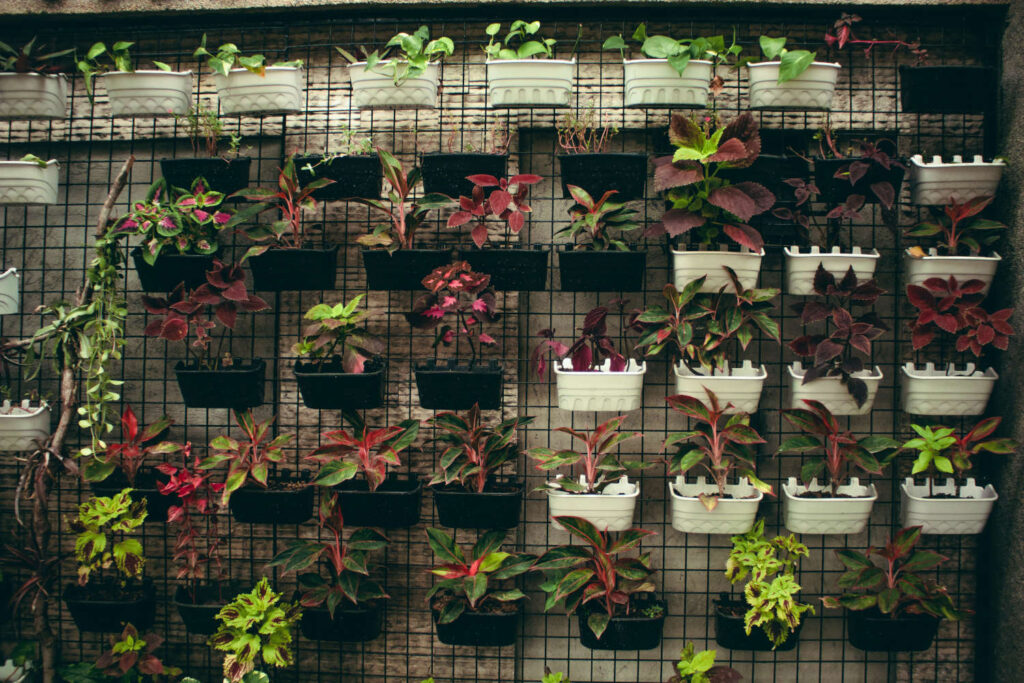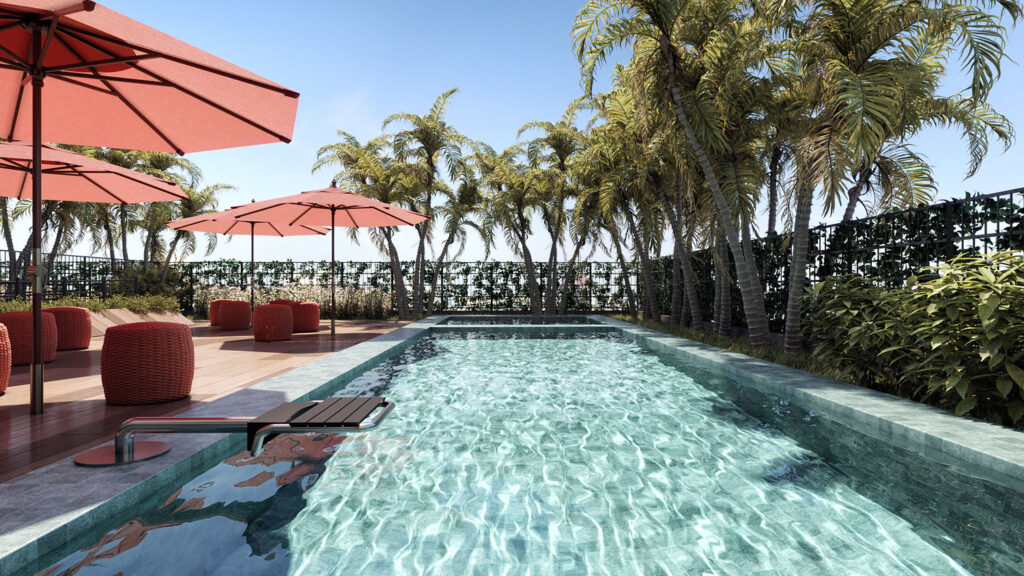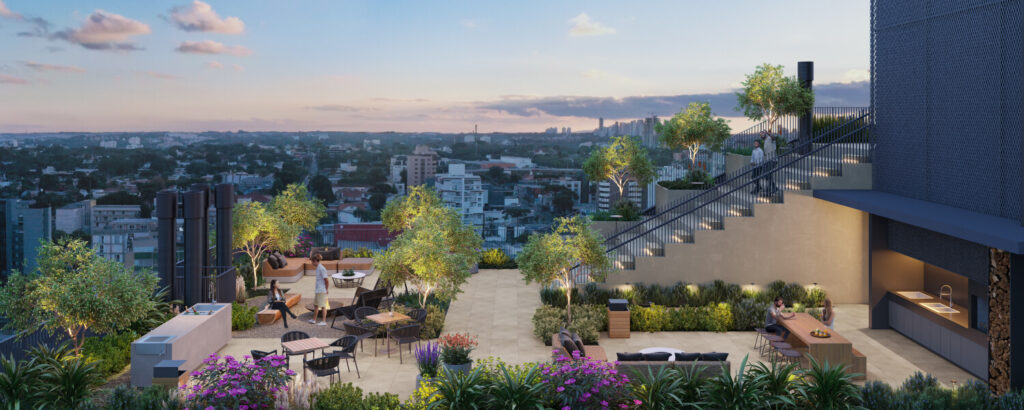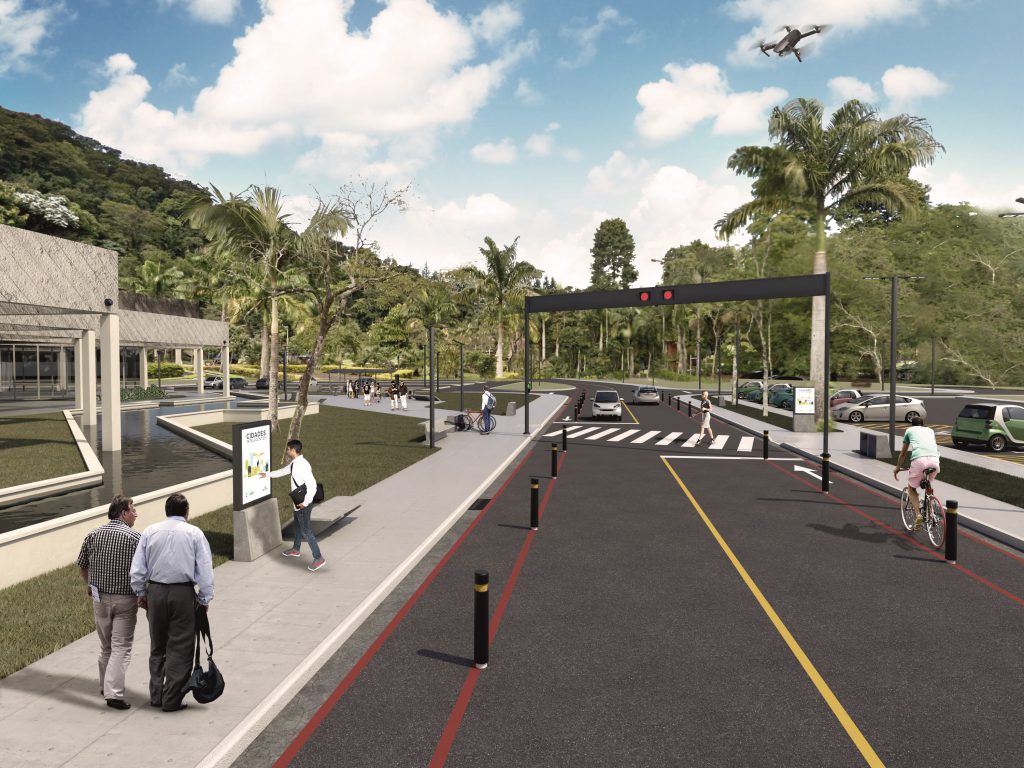Combining concepts such as aesthetics, the environment, sustainability, comfort and well-being, functional landscaping is one of the best strategies to bring quality of life to different types of spaces.
Continue reading to find out more!
What is functional landscaping?
Functional landscaping consists of using vegetation to bring more quality of life to people who live, work or walk around a certain place. It does not necessarily have a focus on decoration, but certainly the two concepts go hand in hand in the creation of environmental architectural projects.
Among the main characteristics of functional landscaping, we can highlight the use of natural plants, favoring the use of green to bring an even more present feeling of nature in spaces. All this favors some purposes of functional landscaping, such as therapeutic, educational and environmental preservation purposes.
What are the benefits of functional landscaping?
Check now some advantages of applying functional landscaping in your project:
Favorable environment for birds and butterflies
When a natural environment is created with the help of functional landscaping, everything exudes protection for the environment and, with that, the space becomes a very attractive refuge for the local fauna – in particular, for birds and butterflies.
It is possible to create some solutions to feed these animals, such as feeders and drinkers, for example. This helps to highlight the project, making it even more interesting and fun for people passing by.
Vegetable gardens, orchards and gardens
One of the main benefits of functional landscaping is its versatility, which allows the concept to be applied in projects carried out in companies, houses, condominiums, buildings, rural areas and so on. Within this flexibility, it is possible to use strategies to improve the environmental quality of the space. Look:
- Vegetable gardens and orchards: vegetable gardens can be created so that people can grow and consume organic food, in addition to being used in teaching projects for children, who end up learning about healthy eating and protecting the environment.
- Sensory Gardens: these gardens can be placed in different types of environments and are intended to favor children's sensory stimuli, such as vision, touch, hearing and smell. Thus, they can explore the environment safely, also developing functions such as curiosity and attention.
Leia também sobre: paisagismo praça pública
care and precautions
The main care and precautions that must be taken when putting functional landscaping into practice are:
- Do a feasibility study to get to know the place;
- Define which types of vegetation can develop in the space;
- Have a frequency of dead leaf pruning;
- Develop a drainage and irrigation solution;
- Fertilize the plants and, if possible, use compost;
- Use organic waste as fertilizer for vegetable gardens.
To be sure that the project will be successful, it is very important to have the specialized assistance of a company with botanical know-how and experience in landscaping projects, as is the case with Plantar Ideias.
Continue browsing the site to learn about Plantar Ideias' functional landscaping projects, such as Botanical Gallery!
Leia também: o que é paisagismo | Paisagismo urbano | Escritório de paisagismo





